The Dutch bank ING, one of the largest global backers of the expansion of liquefied natural gas (LNG) according to a recent report from Reclaim Finance, was the first major international bank to announce that it would stop project financing for new LNG export terminals starting in 2026. By doing so, ING acknowledges the problems posed by the expansion of LNG, both for the climate, the environment, and the affected communities. However, by limiting its exclusion to project financing and overlooking the financial services provided to the companies developing them, ING introduces a double standard in its approach to the sector. In other words, the bank will continue to indirectly support what it refuses to finance directly. Reclaim Finance calls on ING and its peers to adopt strong exclusion policies, including stopping new financing for companies that keep on with their expansion plans.
Within hours of taking office, Donald Trump ended the moratorium on new LNG exports, which have exploded in the United States in recent years (1). The United States is now the world’s leading LNG exporter (2), and the European Union is its largest customer (3). Beyond the United States, the LNG boom is global: according to a recent report from Reclaim Finance, LNG developers are planning 156 new terminal projects. Banks have supported this boom, with $213 billion allocated between 2021 and 2023.
In this context, the question arises as to where European banks stand on LNG expansion, which they must refrain from supporting to be consistent with their climate commitments (4). Reclaim Finance has assessed the commitments announced by ING, the second-largest European financier of LNG expansion and the first bank to announce the end of project financing for LNG export terminals.
ING, a major supporter of LNG despite its devastating impacts
LNG is booming, fueling greater use of gas with a risk of exacerbating the climate crisis. Out of the 156 terminal projects planned, the 63 export terminal projects are estimated to potentially contribute to the emission of more than 10 gigatons (Gt) of carbon dioxide equivalent (CO2e) by 2030 (5). These emissions are close to the annual emissions of all coal-fired power plants in operation worldwide (6). This is partly because LNG is a fossil fuel made of methane, a greenhouse gas over 80 times more potent than CO2 over 20 years. Although LNG is often presented as an alternative to coal, it can actually be more polluting (7). The climate impact of LNG is even greater when it comes from the United States, where most of the gas is extracted through hydraulic fracturing (8).
Contrary to their climate commitments, banks from France, Spain, the UK, Germany, Italy, the Netherlands, and Switzerland have supported this expansion, with US$57 billion allocated between 2021 and 2023. This is particularly true for ING, which provided over US$5 billion to LNG expansion from 2021 to 2023. This makes the Dutch bank the 2nd largest European financier (behind Santander) and the fourteenth-largest globally of LNG expansion – see Table 1 (9).
| Ranking | Country | Bank | Total amount in LNG expansion between 2021 and 2023, in US$ million |
|---|---|---|---|
| 1 | Espagne | Santander | 6,014 |
| 2 | Pays-Bas | ING Group | 5,181 |
| 3 | France | Crédit Agricole | 4,601 |
| 4 | Allemagne | Deutsche Bank | 3,883 |
| 5 | Royaume-Uni | HSBC | 3,790 |
| 6 | Italie | Intesa Sanpaolo | 3,754 |
| 7 | France | Groupe BPCE | 3,739 |
| 8 | Suisse | UBS | 3,133 |
| 9 | France | Société Générale | 3,068 |
| 10 | Royaume-Uni | Barclays | 2,843 |
Table 1 – The 10 European banks supporting the most LNG Expansion (in US$ million, between 2021 and 2023)
Inadequate efforts to halt ING’s support for LNG expansion
LNG is booming, fueling greater use of gas with a risk of exacerbating the climate crisis. Out of the 156 terminal projects planned, the 63 export terminal projects are estimated to potentially contribute to the emission of more than 10 gigatons (Gt) of carbon dioxide equivalent (CO2e) by 2030 (5). These emissions are close to the annual emissions of all coal-fired power plants in operation worldwide (6). This is partly because LNG is a fossil fuel made of methane, a greenhouse gas over 80 times more potent than CO2 over 20 years. Although LNG is often presented as an alternative to coal, it can actually be more polluting (7). The climate impact of LNG is even greater when it comes from the United States, where most of the gas is extracted through hydraulic fracturing (8).
Contrary to their climate commitments, banks from France, Spain, the UK, Germany, Italy, the Netherlands, and Switzerland have supported this expansion, with US$57 billion allocated between 2021 and 2023. This is particularly true for ING, which provided over US$5 billion to LNG expansion from 2021 to 2023. This makes the Dutch bank the 2nd largest European financier (behind Santander) and the fourteenth-largest g
ING announced in September 2024 (10) that it would exclude direct financing for new LNG export terminals starting in 2026. Although experts recommend more urgent action (11), ING is the first major international bank to stop project financing of new export terminals altogether (12).
While the measure recognizes the devastating consequences of LNG expansion, it only applies to project financing for LNG export projects – not to the companies developing them. Much of the support ING provides to LNG developers will not be impacted by the measure, including financing granted before the policy was adopted:
- Venture Global, the largest LNG developer globally (13), is ING’s biggest client in this sector, with US$3 billion allocated to the company’s LNG expansion plans from 2021 to 2023 (14). ING is in fact Venture Global’s largest financier, providing more backing for its LNG expansion than Bank of America.
- ING was involved, along with other banks, in issuing a US$1.4 and a US$1.5 billion bond for Cheniere Energy, in February and March 2024 respectively –corporate financing that could continue with the new policy. Cheniere Energy is currently bringing the Corpus Christi III project (15) online, expanding an existing terminal already responsible for pollution affecting the health of nearby communities and ecosystems (16).
This support has continued in 2025, just a few months after ING announced it would stop project financing for LNG export terminals: ING contributed, alongside other major international banks, to Venture Global’s initial public offering in January 2025. This was a significant move, as listing enables the company to generate fresh funds to develop new projects.
The scale of ING’s support for LNG developers is all the more problematic since corporate financing, which are not included in the measure adopted, represents 96% of the financial flows to the fossil fuel industry (17). ING must take exclusion measures regarding companies developing new LNG export terminal projects to render its commitments on LNG expansion credible and consistent.
ING stands out from its European peers by acknowledging the issue posed by the rise of LNG export terminals overall. Although this constitutes a necessary first step, the measure might have little impact on the bank’s activities and, consequently, on the fight against global warming and for the rights of the communities affected by fossil fuel expansion. Reclaim Finance calls on ING and all European banks to adopt strong policies to cease providing financial support to companies developing new LNG projects.



